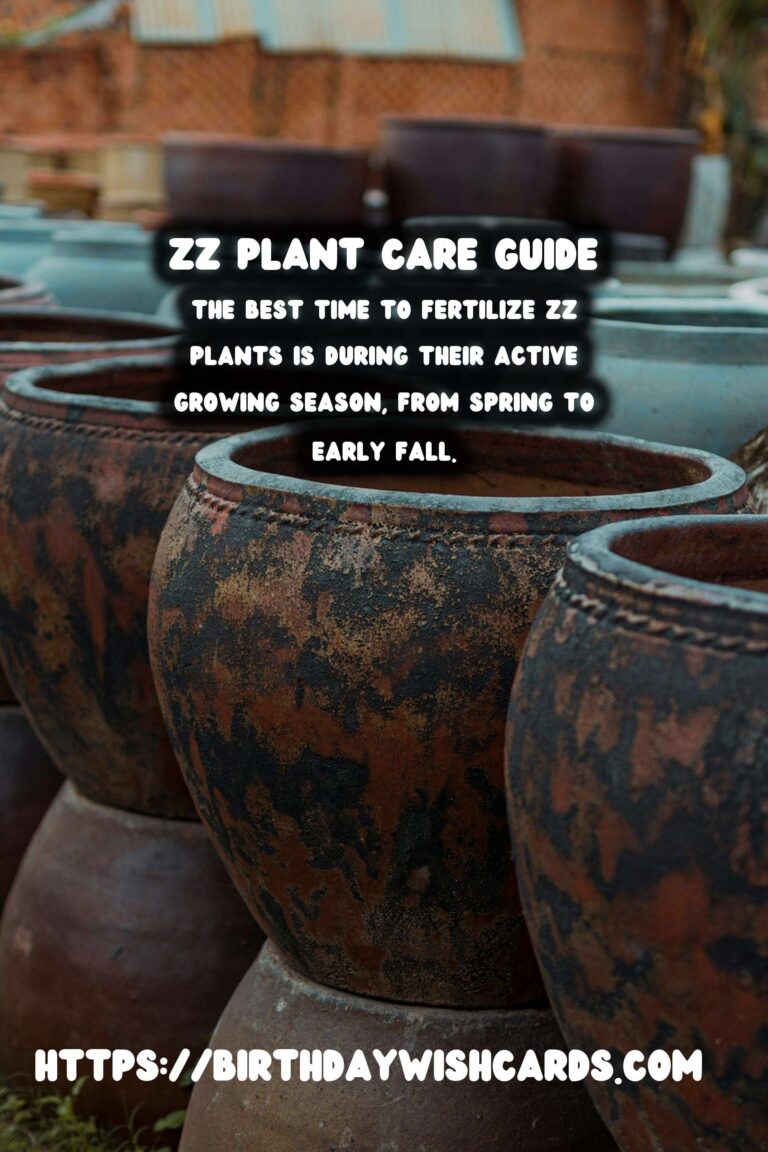
ZZ plants, scientifically known as Zamioculcas zamiifolia, are popular for their glossy leaves and low-maintenance nature. They are ideal for both novice and experienced plant enthusiasts. Understanding when and how to fertilize ZZ plants can significantly enhance their growth and vitality.
Understanding ZZ Plants
ZZ plants are native to Eastern Africa and are renowned for their ability to thrive in low light and require minimal care. These hardy plants are drought-tolerant, making them perfect for busy individuals or those new to plant care.
Why Fertilize ZZ Plants?
Fertilizing ZZ plants can promote lush foliage and support healthy growth. Though they are not heavy feeders, occasional fertilization provides essential nutrients that may be lacking in the soil.
When to Fertilize ZZ Plants
The best time to fertilize ZZ plants is during their active growing season, typically from spring to early fall. During these months, the plant is actively producing new leaves and can benefit from additional nutrients. Avoid fertilizing during the winter months when the plant is dormant.
Choosing the Right Fertilizer
ZZ plants thrive with a balanced, water-soluble fertilizer. A 10-10-10 or 20-20-20 formula is appropriate, ensuring an equal proportion of nitrogen, phosphorus, and potassium. Organic fertilizers, such as fish emulsion or compost tea, can also be beneficial.
How to Fertilize ZZ Plants
To fertilize ZZ plants, dilute the fertilizer to half the recommended strength to prevent root burn. Apply the solution once a month during the growing season. Ensure the soil is moist before application to help distribute the nutrients evenly.
Signs of Over-Fertilization
Over-fertilization can harm ZZ plants, leading to symptoms such as yellowing leaves, root burn, or stunted growth. If these signs appear, flush the soil with water to remove excess fertilizer and reduce future applications.
Additional Care Tips
In addition to fertilization, ZZ plants require well-draining soil and infrequent watering. Allow the soil to dry out completely between waterings to prevent root rot. Regularly clean the leaves to maintain their shine and remove dust.
With proper fertilization and care, ZZ plants can thrive and become a stunning addition to any indoor space.
ZZ plants are low-maintenance, making them ideal for both novice and experienced plant enthusiasts. Fertilizing ZZ plants promotes lush foliage and supports healthy growth. The best time to fertilize ZZ plants is during their active growing season, from spring to early fall. Over-fertilization can harm ZZ plants, leading to symptoms like yellowing leaves or root burn. ZZ plants require well-draining soil and infrequent watering for optimal health. 
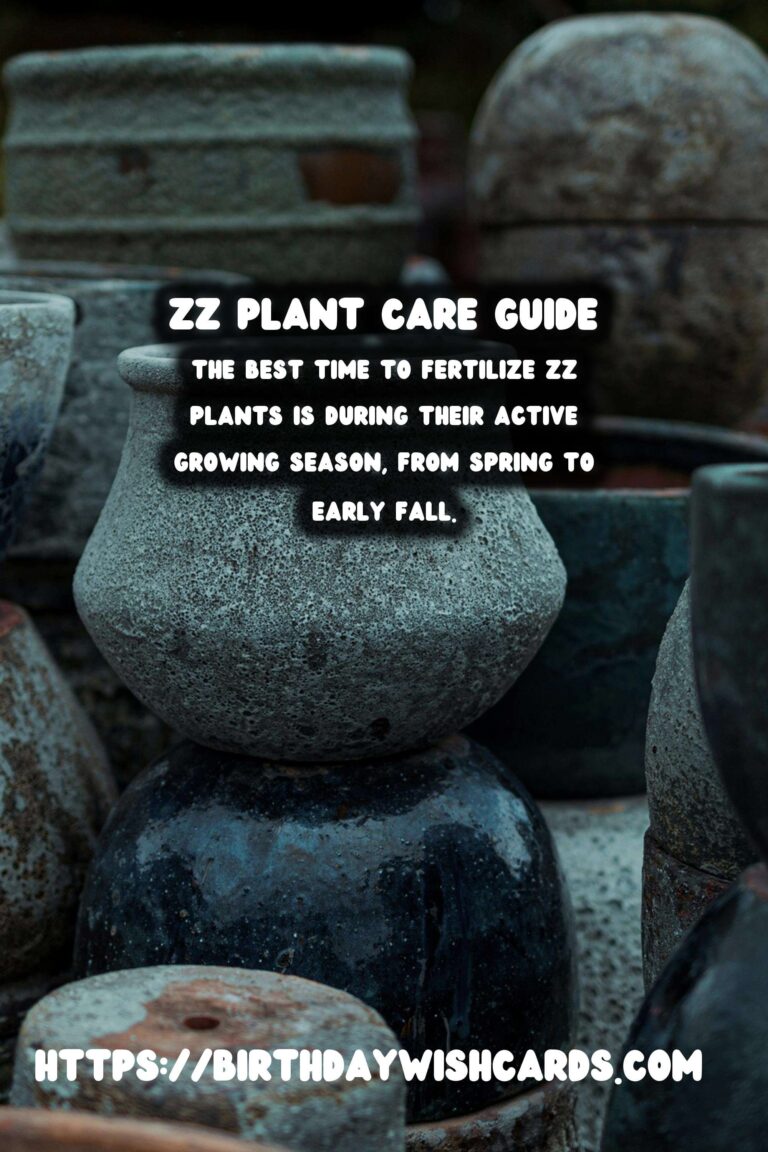

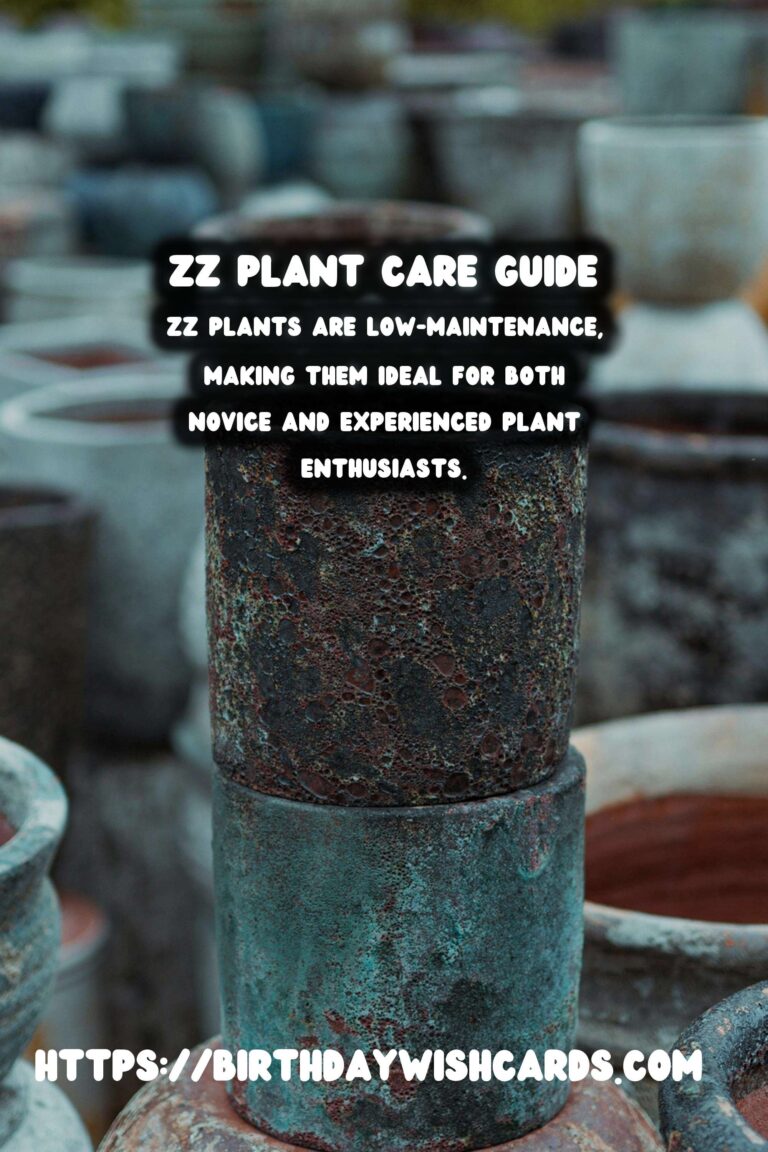
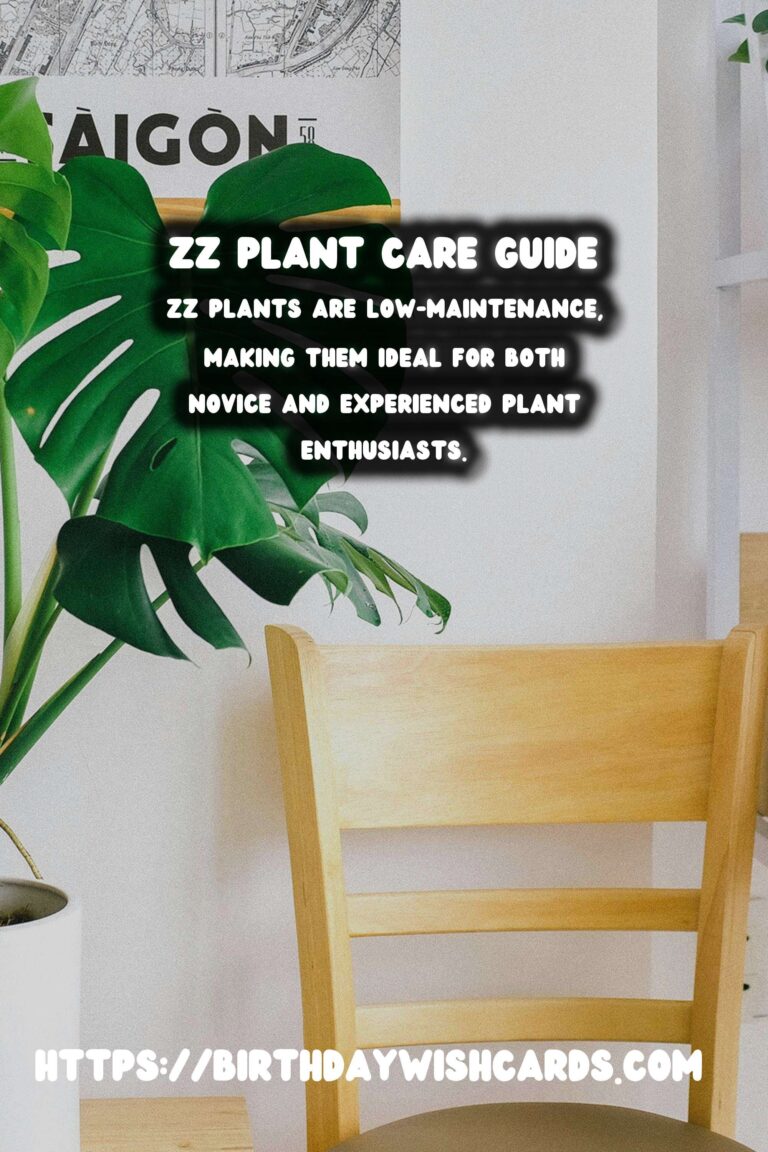
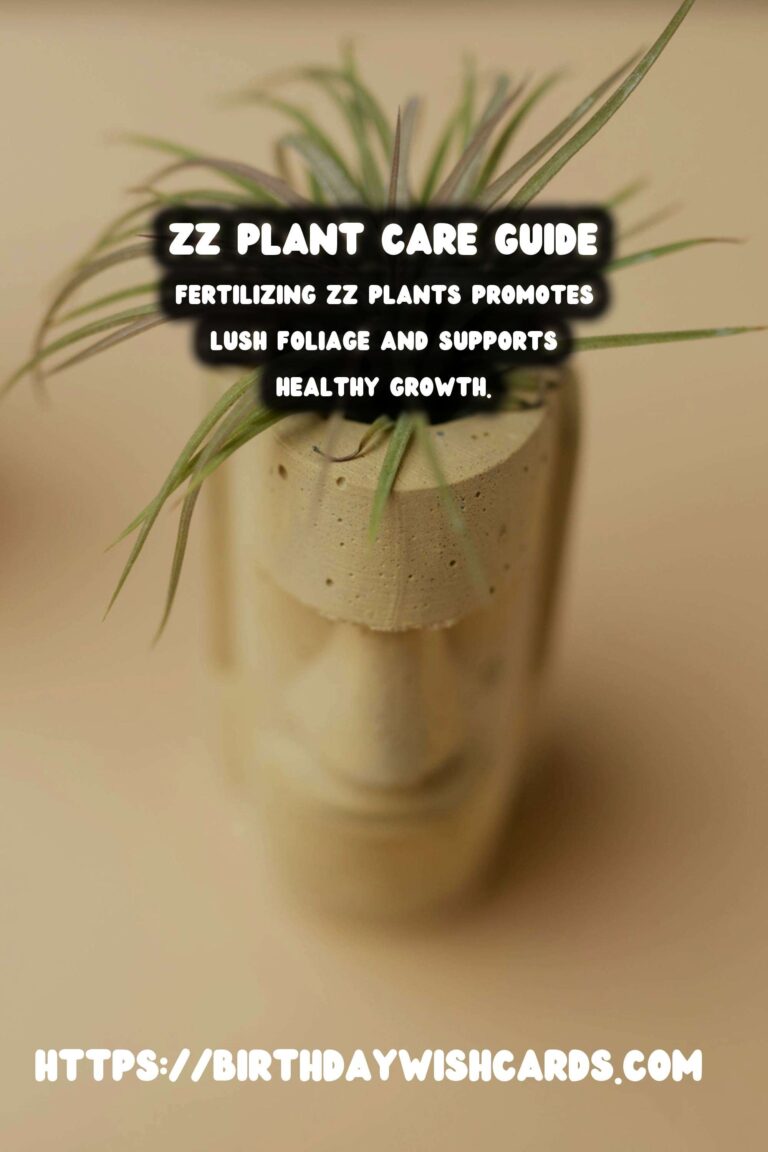
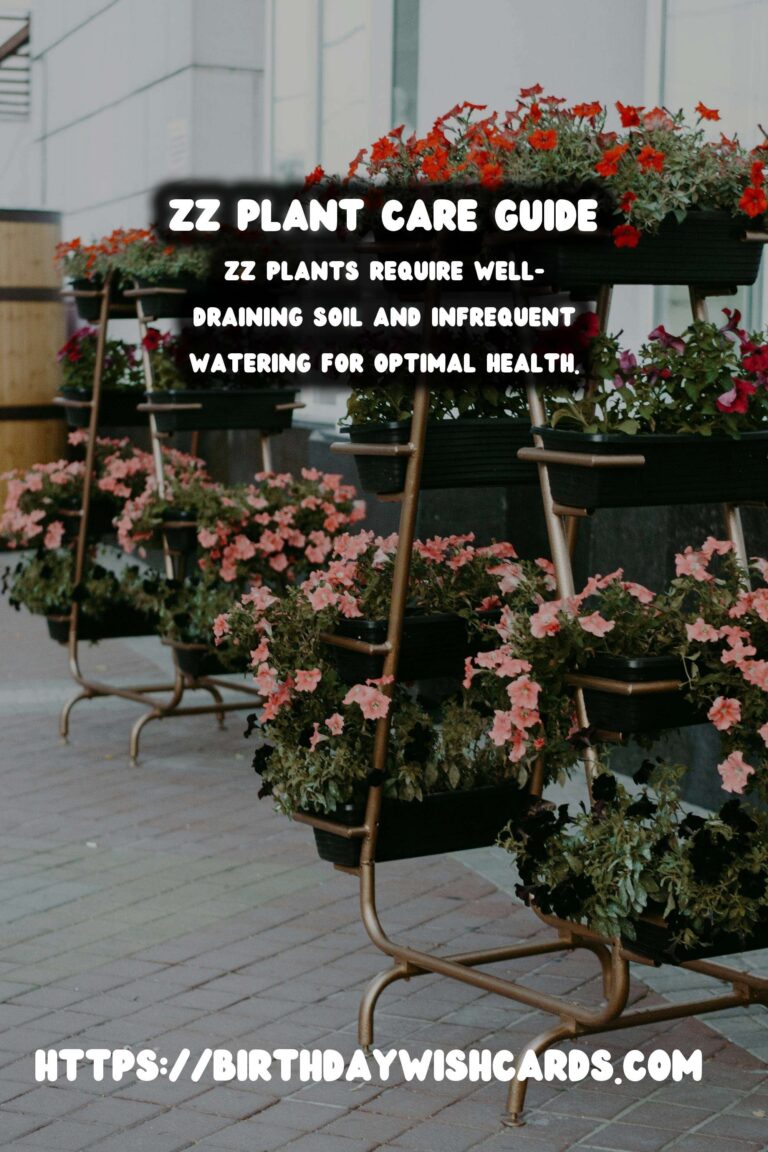
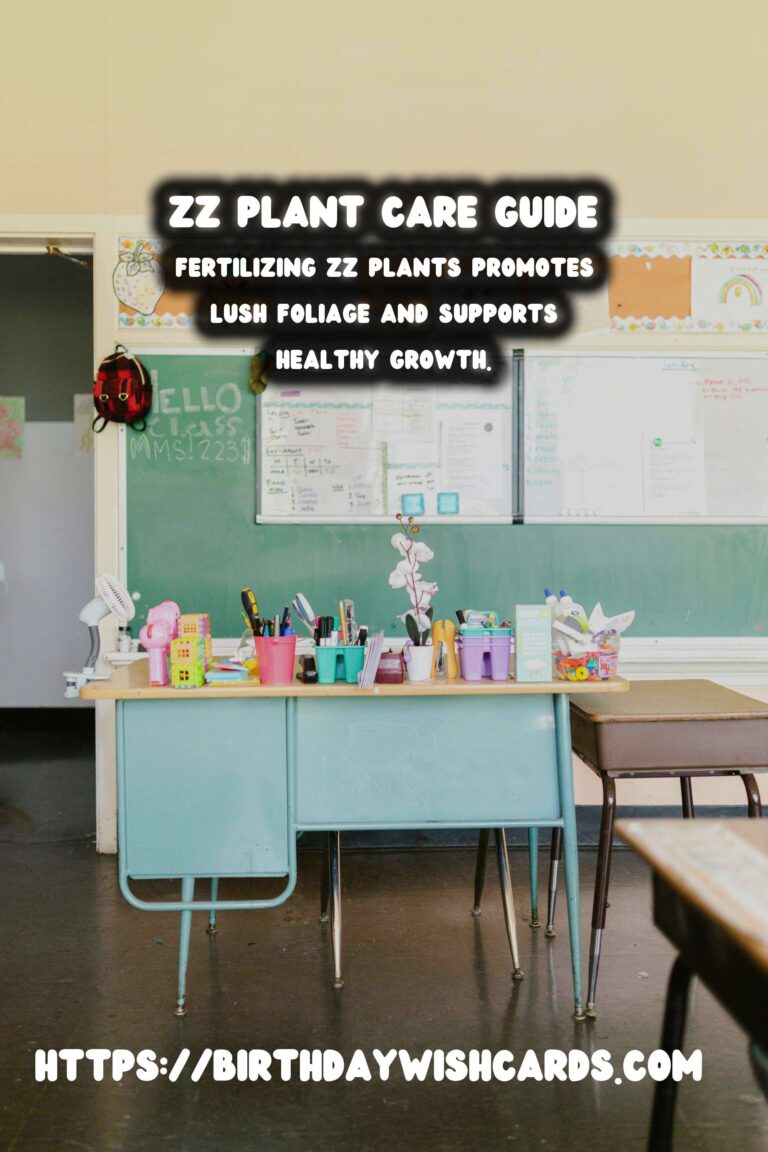

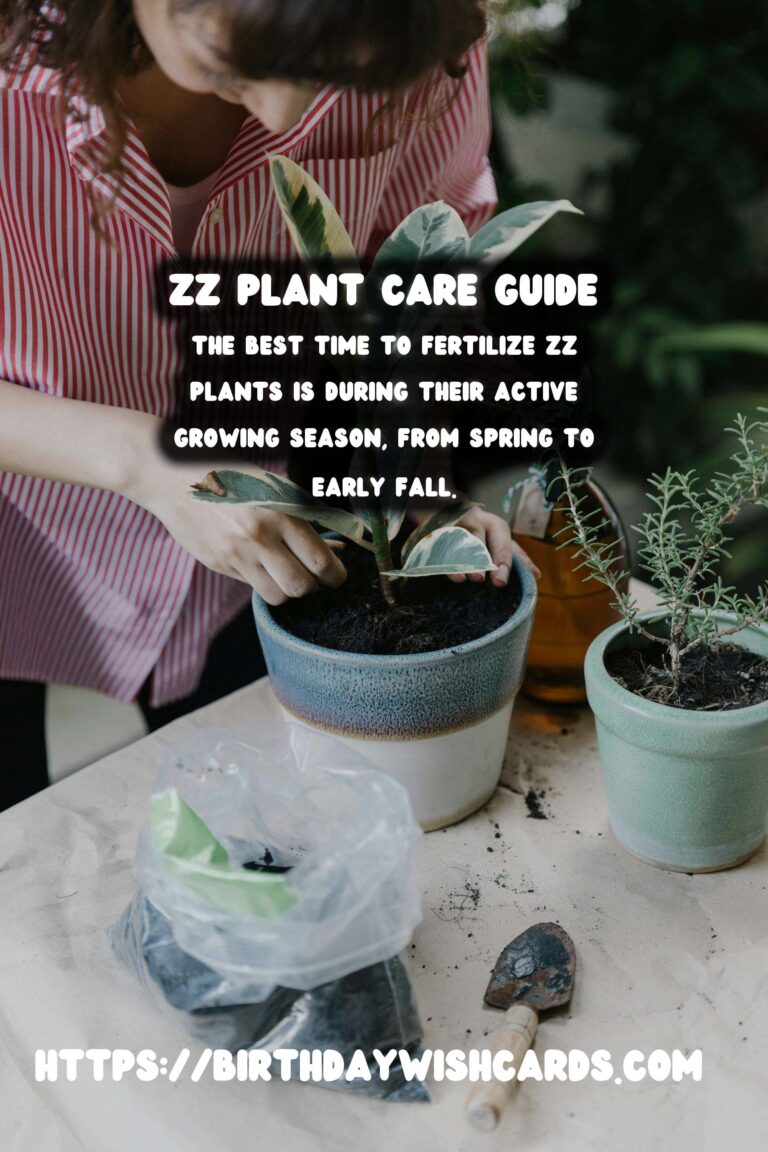
#ZZPlants #PlantCare #Fertilization #IndoorPlants #GardeningTips




